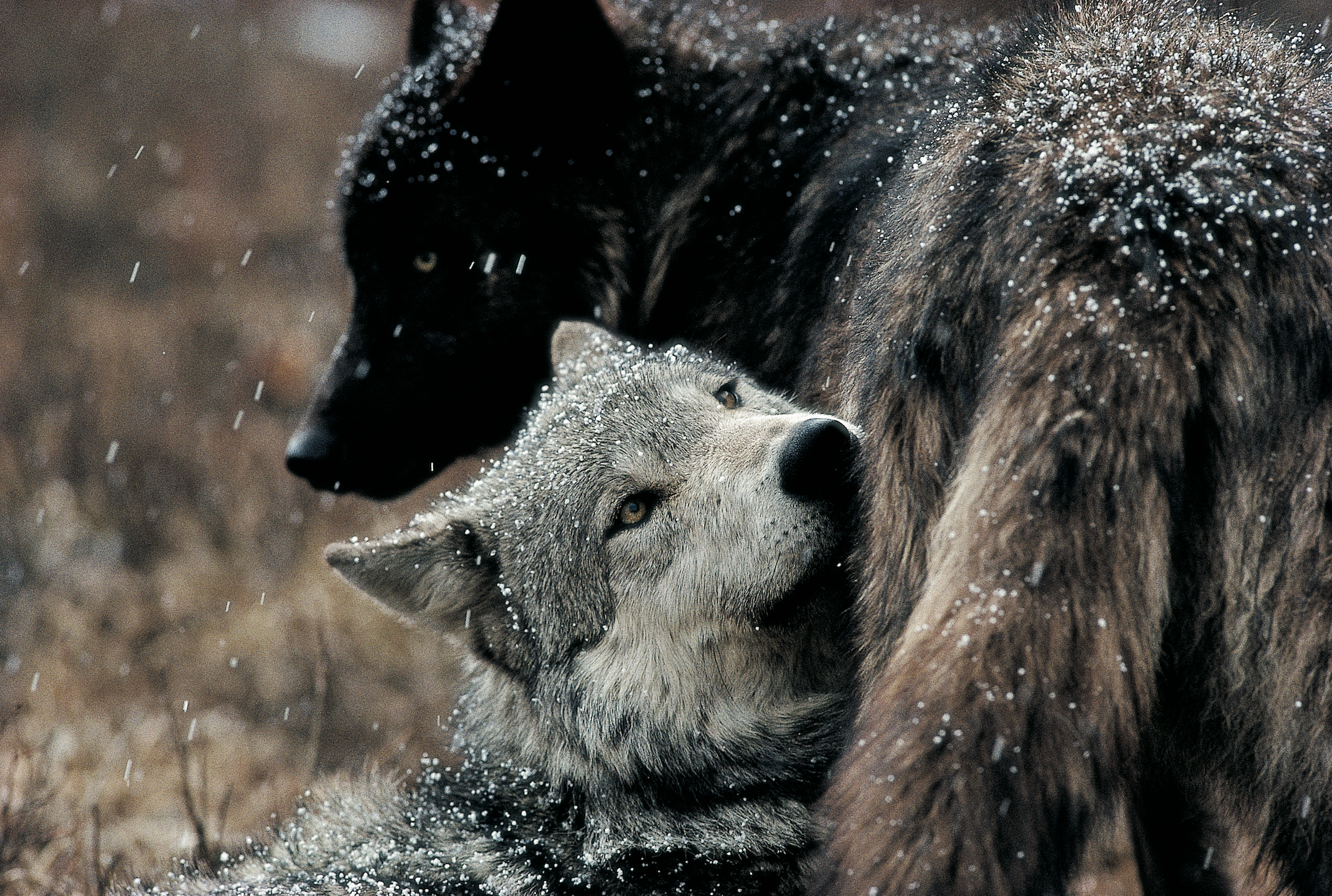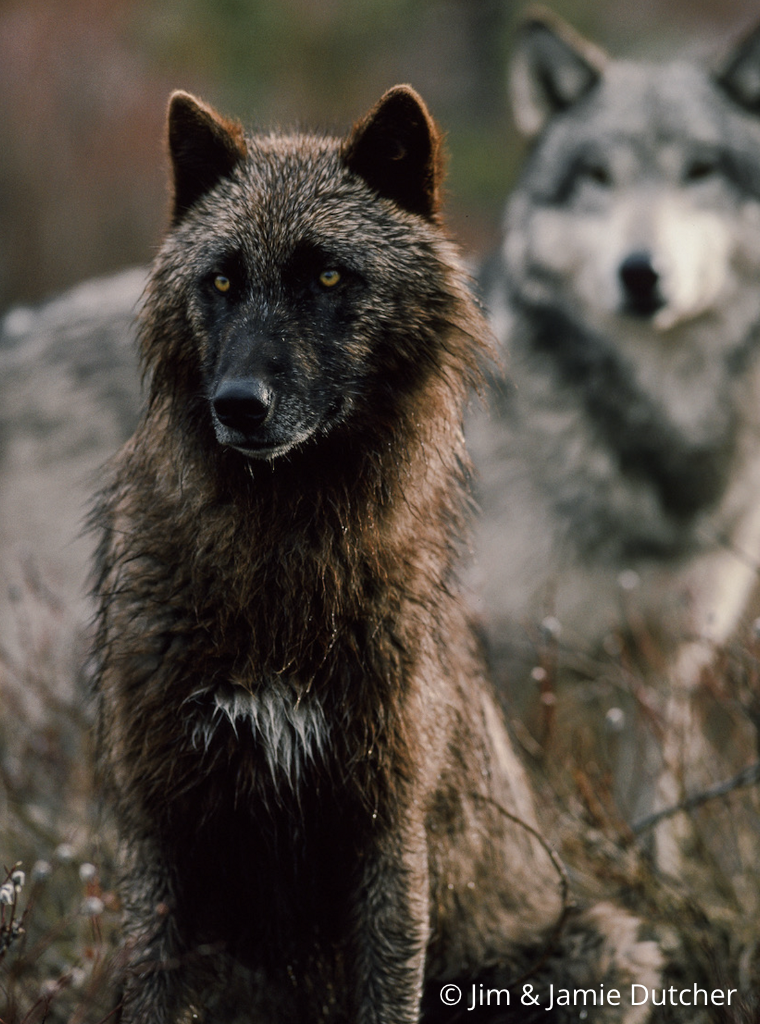Gray wolves aren’t always gray.
While their name suggests uniformity of a single color, gray wolves are among the most visually diverse mammals in North America. Their coats span a sweeping palette of colors—black, white, gray, brown, tan, red, cream, buff, and taupe—often blended into complex marking patterns. While some wolves appear almost entirely white or black, most have coats that blend multiple hues, making each individual unique.
The Origin of Black Wolves
Black wolves are found almost exclusively in North America, particularly in the west where roughly half the wolves are black. They are absent from Arctic and Mexican gray wolf populations and remain few in the Great Lakes region.
Genetic evidence reveals that the black coat was introduced when gray wolves interbreed with black-coated domesticated dogs between 1,598 and 7,248 years ago in the Yukon or Northwest Territories. Early Indigenous peoples’ dogs were likely the source, as they lived alongside large wolf populations that shared similar prey.
Black wolves exist in Europe, however sightings are exceedingly rare. Documented cases in Italy and Poland suggest similar ancient interbreeding with black-coated dogs. Today, black wolves serve as a living reminder of this deep connection between people, dogs, and wolves.
*Editor’s note: Throughout this article, the terms “black wolves” and “gray wolves” are used to describe coat color variations only. All black wolves are members of the gray wolf species (Canis lupus).
From Pup to Adult: A Changing Coat
Wolves are not born with the coats that define them in adulthood. Pups usually emerge with darker fur that may gradually lighten and diversify as they mature. While they may initially seem more uniform in color, littermates can ultimately develop dramatically different appearances.
Arctic wolves, a subspecies of the gray wolf, are an exception: their coats are limited to shades of white and cream, allowing them to vanish against snowy tundra. Mexican gray wolves, by contrast, most often display gray and rust tones, an adaptation that allows them to camouflage in the dry, rugged landscapes of the Southwest.
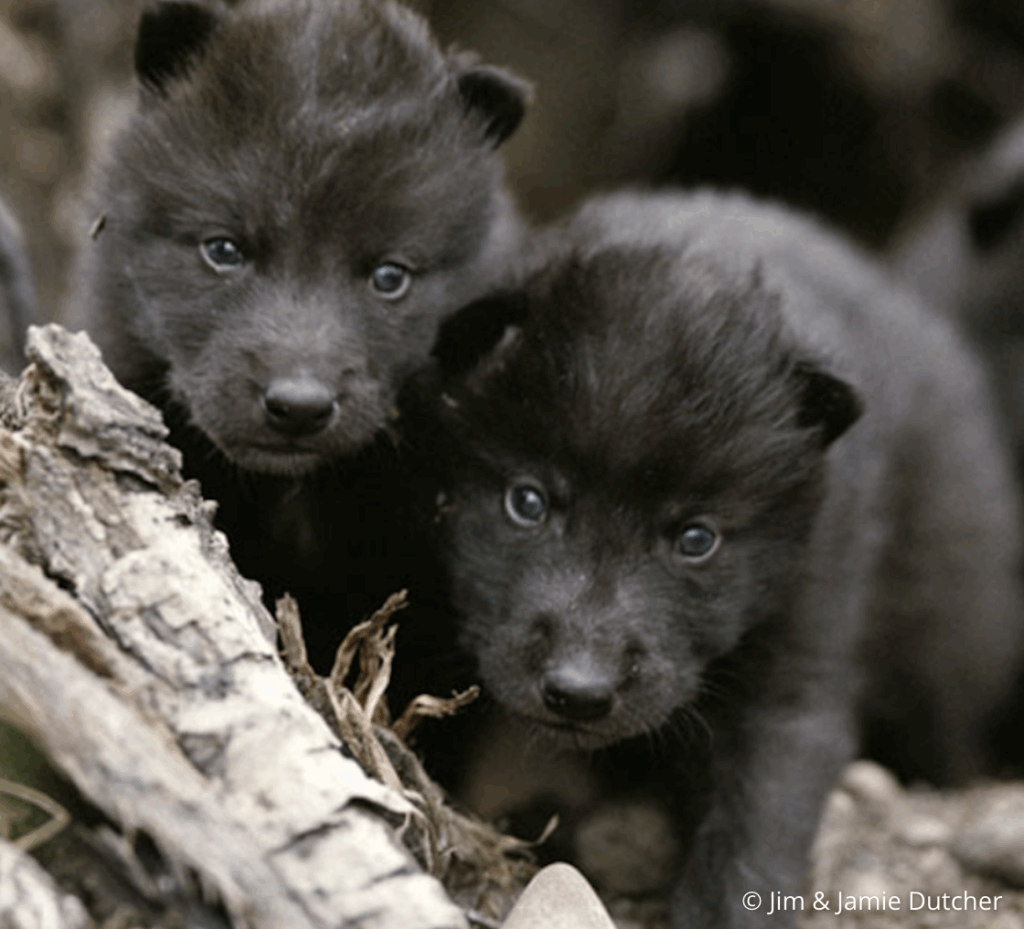
Built for the Elements: A Wolf’s Dual-Layered Coat
Every wolf’s pelage is made up of two distinct layers of fur:
- Undercoat: A dense, short layer of light-gray wooly fur that provides insulation against extreme cold. This thermal layer grows before winter and sheds as temperatures rise in spring.
- Guard hairs: Long, coarse, moisture-wicking hairs that protect against rain, snow, and wind. These hairs can reach up to four inches in length and are responsible for an individual wolf’s visible colors and markings, which each individual hair often banded in multiple shades.
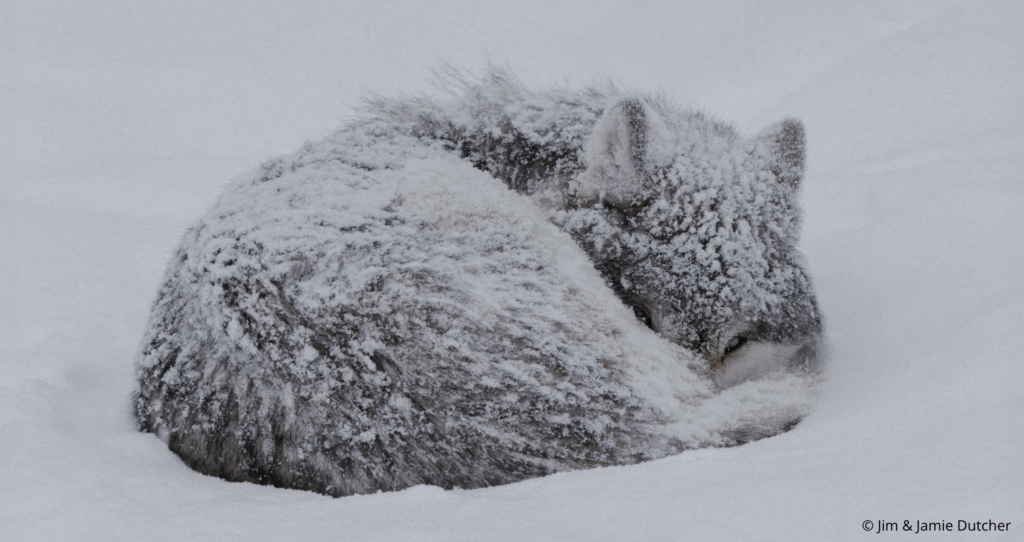
How Coat Color Affects Survival and Behavior
Nowhere is the relationship between coat color, genetics, and survival better studied than in Yellowstone National Park (YNP) where 45% of the wolves are black-coated. Research there has uncovered striking patterns:
Disease Resistance
Following three canine distemper virus outbreaks in Yellowstone, black wolves survived at higher rates than gray wolves. This suggests the black coat gene also impacts beta defensins, which are proteins involved in the immune system, and enhances immunity to respiratory infections.
Reproduction
Yellowstone wolves show a strong tendency toward opposite-color pairings: from 1995 to 2015, 63.6% of 261 matings documented were between gray and black wolves. This pattern helps maintain genetic diversity within the population, which can enhance survival. Research also shows that in areas where canine distemper was more common, wolves have a stronger preference for black-coated mates. By mating into a gray-coated pack, a black wolf can introduce an allele that not only produces black coats but also provides increased resistance to certain diseases.
Preliminary data from Yellowstone suggest that increased immunity against disease in wolves may come with a reproductive cost, a trade-off also observed in other mammals. Evidence shows gray females raise 25% more surviving pups annually than black females, while black females show greater survival.
Behavior
Gray wolves test for higher cortisol levels over black wolves, and according to observational studies tend to be more aggressive and more likely to chase off rival wolves. It is thought that the black allele binds with other melanocortin receptors that decrease stress and aggression in black wolves. Interestingly, research has shown lower cortisol levels and aggression rates in black dogs over nonblack dogs.
Together, these findings suggest fitness trade-offs between gray and black-coated wolves. Gray females have higher pup-rearing success, while black wolves show high disease resistance. Both coat colors persist in wolf populations because each offers evolutionary advantages under different circumstances.
Evolution Written in Color
A wolf’s coat is more than just different colors—it is a living record of history, ecology, and evolution. It tells of ancient connections with people and dogs, adaptation across varying landscapes, to resilience against disease. Coat color reflects the ongoing balance between genetics and environment and it’s a story that continues to unfold. So when you glimpse a black wolf slipping through the trees or a gray wolf silhouette against the snow, you’re not just seeing color, you’re witnessing evolution in action.
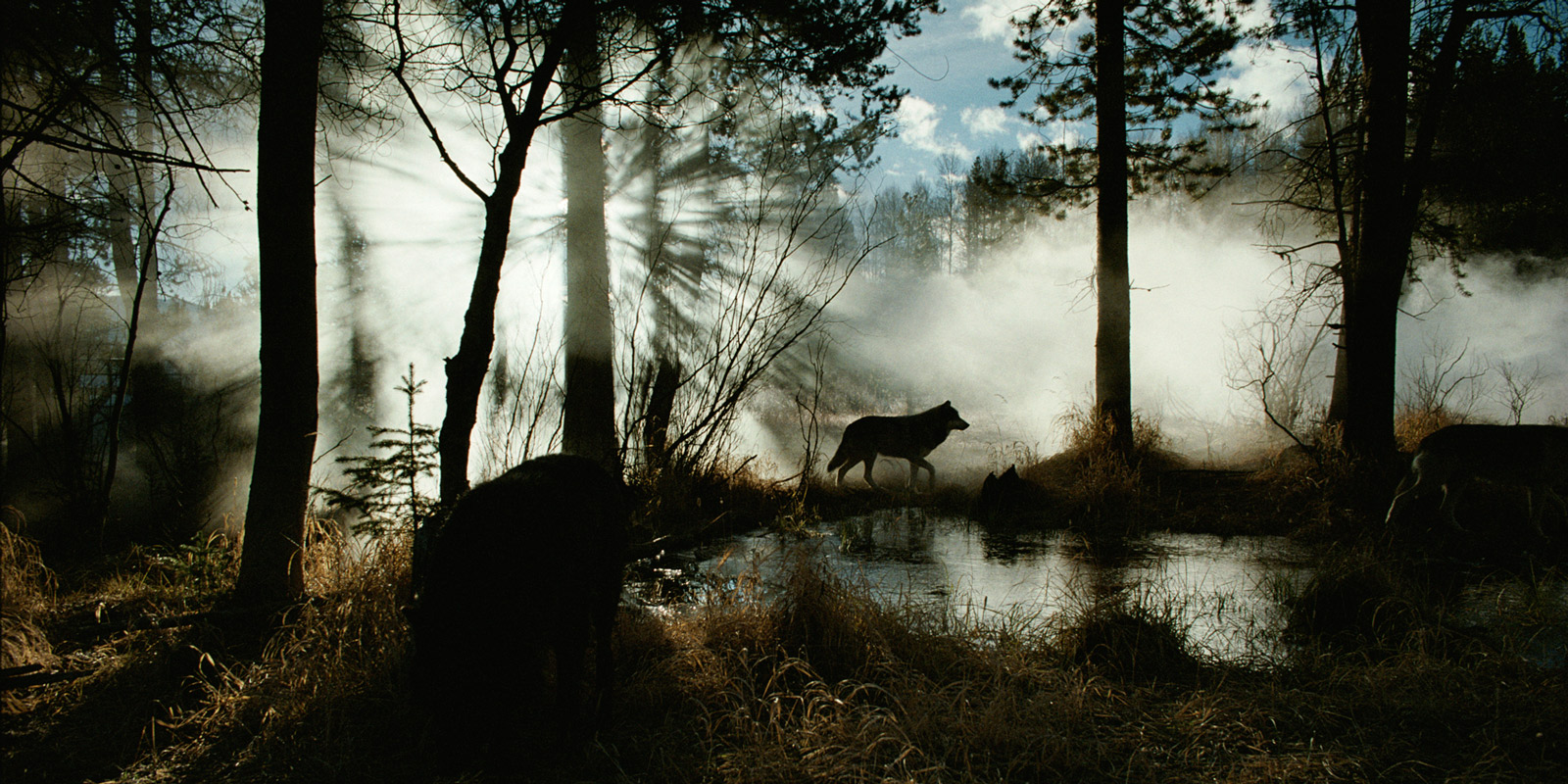
By supporting our work, you help ensure these evolutionary stories continue to be told, and that gray wolves have a future on the landscapes they shape. Make a contribution to be part of the next chapter.

